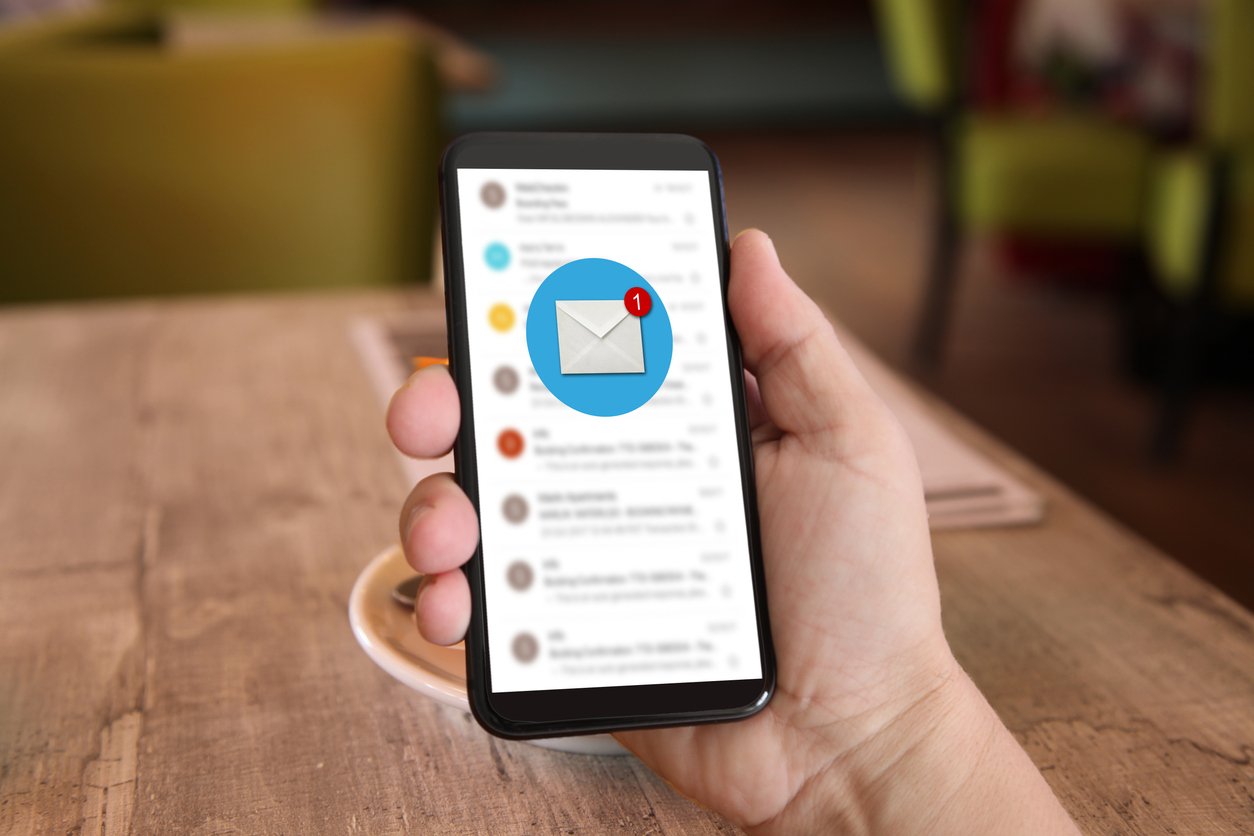
CRM with Phone System: Benefits, Best Tools, and How to Integrate
 Updated on
Updated on
 By Ringy
By Ringy
Table of Contents
Table of Contents
If you've ever had to juggle between a CRM and a phone system while on a sales or support call, you already know how chaotic that gets. Switching tabs, digging up customer records, and trying to log call notes after the fact, it's a recipe for missed details, wasted time, and frustrated teams.
That's exactly why more businesses are moving toward a CRM with phone system integration.
Instead of letting calls and CRM workflows live in silos, companies are combining them into a single interface that streamlines communication, call tracking, contact management, and follow-ups.
The result? Fewer headaches, happier customers, and a measurable boost in team performance. But not all tools offer seamless integrations, and knowing which ones are worth your time (and budget) can be tricky.
In this guide, we'll break down the real benefits of integrating your phone system with a CRM, explore some of the best tools built for the job, and walk you through how to make the integration work smoothly for your business, without burning out your IT team. Let's dive in.
Key Benefits of CRM Integration with Phone System

Bringing your CRM and phone system under one roof is a strategic advantage. From sales to support, teams benefit from smoother workflows, less manual work, and smarter insights.
Below, we unpack the most impactful benefits of using a CRM with phone system integration.
1. Enhanced Call Tracking and Automatic Logging of Interactions
No more scribbling call notes or relying on memory. With CRM integration, every inbound and outbound call is automatically logged and tied to the correct contact. Reps can see past call history, listen to recordings, and track outcomes, all without lifting a finger.
According to research, sales teams that automate data entry can save over 5.5 hours per week, freeing them up to actually sell. That's a full extra workday every month.
2. Improved Sales and Support Team Efficiency Through a Unified Workspace
Integrating your phone system with CRM eliminates the back-and-forth between apps. Teams get a single interface where they can dial, answer calls, update records, and follow up, without context-switching. When you remove friction from daily tasks, performance improves.
3. Real-Time Access to Customer Data During Calls
Instead of fumbling through tabs mid-call, reps see contact details, notes, purchase history, and previous interactions in real time. This lets them personalize conversations, solve problems faster, and avoid asking customers to repeat themselves.
A Khoros report revealed that 2/3 of U.S customers say valuing their time is the most important thing a company can do for them, and real-time CRM data makes that possible.
4. Better Analytics and Reporting on Communication Patterns
When your CRM with phone system captures all interactions, you unlock deeper reporting. Track call volumes, conversion rates, average handle times, and rep performance, all in one place.
Managers can identify what's working, spot bottlenecks, and optimize based on real data, not guesswork. The result? Smarter decisions and a stronger pipeline.
With the right integration, you don't just connect tools, you connect your people, processes, and performance.
Integrating Your Phone System with CRM: How It Works

Integrating your phone system with a CRM isn't a one-size-fits-all process. There are multiple methods to connect these two tools, and each has its benefits. Let's break down how this integration works and what to expect during the setup.
Overview of Integration Methods
There are a few different ways to link your CRM with a phone system, depending on your needs and budget. Here's a quick look at the most common integration methods:
- Native Integration: Many leading CRMs, like HubSpot, Zoho, and Salesforce, offer out-of-the-box support for popular phone systems. Platforms like Ringy take it a step further by offering its own built-in virtual phone system, making integration seamless right from the start.
- Third-Party Connectors: Tools like Zapier, Make (formerly Integromat), and others help bridge CRMs and phone systems that don't naturally talk to each other. They're ideal for syncing data, triggering workflows, and building no-code automations between different platforms.
- API-Based Setups: If you've got a development team and want full control, APIs let you build highly customized integrations. This method is ideal for companies that want deep functionality, such as syncing custom call data, embedding softphone interfaces into their CRM, or building complex.
Common Features Enabled
Once your CRM with phone system is integrated, you unlock a suite of powerful features that drive productivity and enhance customer experience.
- Click-To-Call: With this feature, sales and support teams can click on a contact's phone number in the CRM and dial directly from their computer or mobile device. No more dialing by hand.
- Call Recording: Integration allows for seamless call recording, which can be stored in the CRM for easy retrieval. This ensures that no important details slip through the cracks and helps with training new reps.
- Voicemail-To-CRM: If a customer leaves a voicemail, it can automatically be logged in the CRM, along with any relevant notes.
- Automated Follow-Ups: Based on call outcomes, integrations can trigger automatic follow-up emails, tasks, or reminders in your CRM, ensuring that nothing falls through the cracks.
Challenges to Watch For
While CRM and phone system integration bring many benefits, it's important to be aware of potential challenges.
- Data Sync Delays: One of the most common issues is a lag in data syncing between the phone system and CRM. This can lead to outdated or missing contact information during calls, which could hurt the customer experience.
- Compatibility Issues: Not all CRM systems play nicely with all phone systems. Ensuring compatibility between the tools you're using can sometimes require extra configuration or third-party tools, which can add to setup time.
- User Adoption: If your team isn't on board, even the best integrations can fail. Training your staff and getting them comfortable with new workflows is critical for ensuring the integration's success. A report by PWC found that 70% of digital transformations fail due to poor user adoption.
Which Cloud Phone System Offers the Best Integration with CRM Tools?

Choosing the right cloud phone system depends on how well it connects with your CRM and how smoothly it helps your team work. Below is a quick comparison of top contenders that offer CRM integration with phone system features:
|
Product |
CRM Integration Features & Capabilities |
|
All-in-one platform with built-in CRM, VoIP softphone, and mobile app. Offers native automation, call tracking, lead management, and seamless workflows without needing third-party connectors. Ideal for sales-driven teams. |
|
|
RingCentral |
Offers strong native integrations with major CRMs like Salesforce, HubSpot, and Zoho. Includes call logging, click-to-call, and voicemail syncing. Best suited for enterprises with an existing CRM. |
|
Zoom Phone |
Integrates with Salesforce, Microsoft Dynamics, and others. Features include call logging and click-to-dial within CRM. Better fit for businesses already using Zoom for meetings and collaboration. |
|
8x8 |
Provides integrations with multiple CRMs, including Salesforce and Zoho. Includes auto call logging, analytics, and call pop-ups. Solid choice for mid-sized companies needing flexibility. |
|
Vonage |
Connects with top CRMs through Vonage App Center or APIs. Supports screen pops, call logging, and CRM-triggered actions. Works well for businesses with custom CRM setups or niche use cases. |
Conclusion: Ready to Power Up Your CRM with a Phone System That Works?

A disconnected CRM and phone system slows your team down and leaves revenue on the table. By integrating the two, you unlock automation, data-driven decisions, and more personalized customer interactions, all from a single interface. Whether you're scaling a sales team, running a support desk, or just tired of clunky workflows, the solution starts with choosing the right platform.
Ringy CRM is built specifically for this kind of integration. With VoIP, mobile access, built-in automation, and full CRM functionality, it gives you everything you need to streamline communication and close more deals, without juggling tools or tabs.
Want to see it in action? Request a demo of Ringy CRM today and start working smarter.

Skyrocket your sales with the CRM that does it all.
Calling? Check. SMS? Check. Automation and AI? Check. Effortlessly keep in touch with your customers and boost your revenue without limits.

Take your sales to new heights with Ringy.
Sales in a slump? Ringy gives you the tools and flexibility you need to capture leads, engage with them, and turn them into customers.
Subscribe to Our Blog
Enter your email to get the latest updates sent straight to your inbox!
Categories
Related Articles




































































































